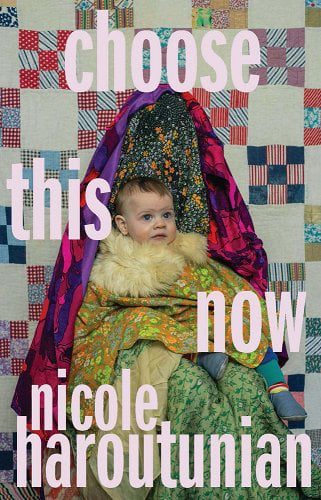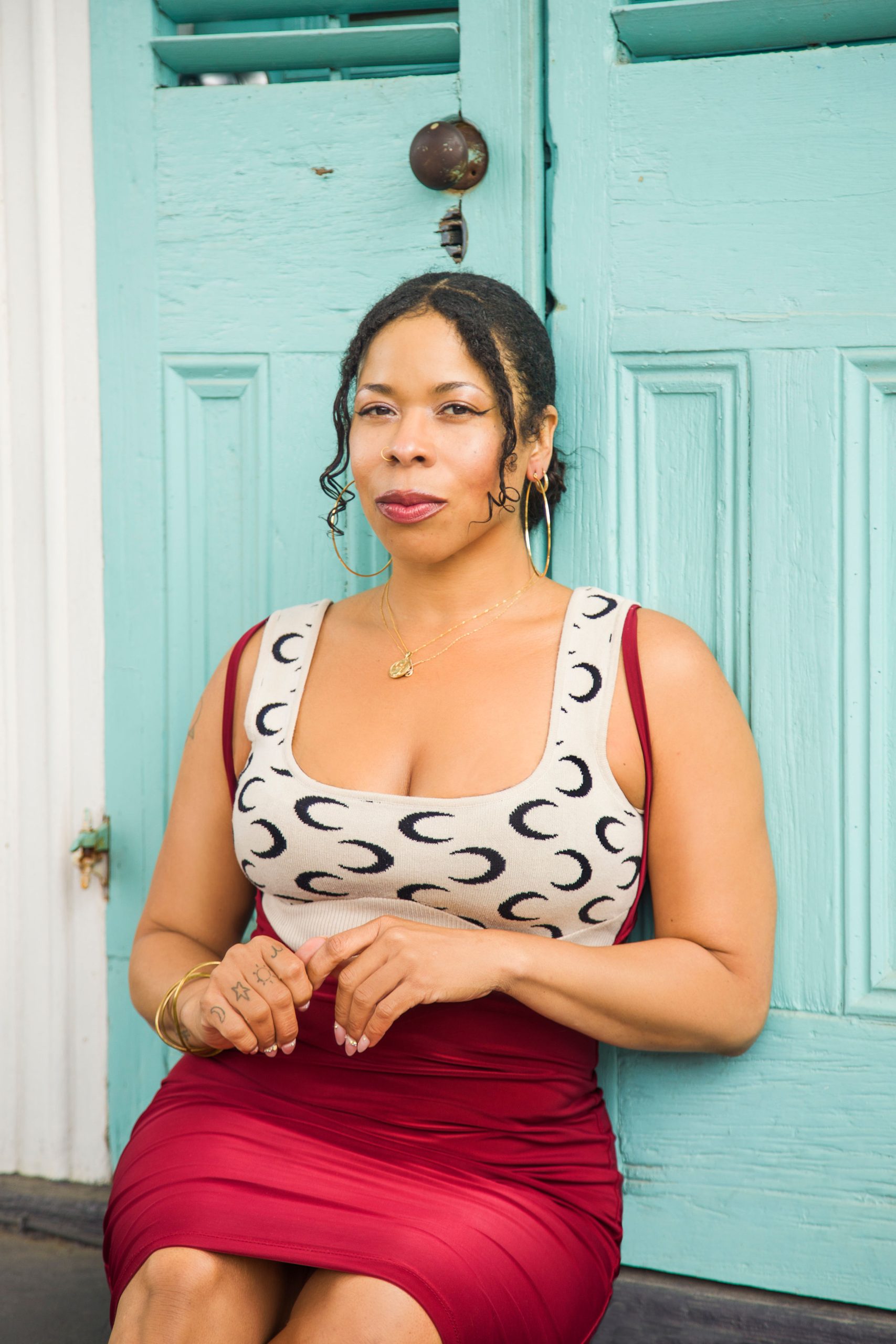As a museum educator, my career revolves around meaningful encounters with art. I strive to provide our audiences with experiences that are as accessible, relevant, and joyful as possible. It is a tricky day job to have as a writer and parent, because while the flexible schedule is great for deadlines and school pick-ups, it doesn’t offer much in the way of compensation or stability. But every time I think about leaving, I get pulled back in by a toddler’s awed gasp at seeing a Noguchi sculpture for the first time or a group of young people bursting into spontaneous song in the middle of the gallery. So, rather than find something new, I’ve become increasingly interested in merging my museum, writing, and mothering lives into one pursuit, finding ways to integrate them. This is, in part, why one of the characters in my new novel-in-stories, Choose This Now, finds her way into museum education. Here, Taline, who recently abandoned her own art-making aspirations, has gathered a group of assistant principals around a work by Felix Gonzalez-Torres.
The installation consists of a string of light bulbs hung from the ceiling, pooling in a tangle on a platform near the floor. The light bulbs are the kind we all grew up with—not Edison bulbs, not compact fluorescents—and the wires are white, twinned and entwined. One bulb, six from the top, is dark. The educators look to me to tell them about the work, but instead I set a timer and ask them to sit with it, silently, for three minutes. They squirm for the first minute, but their bodies still by the third. When the alarm trills, they look stunned, their faces bathed in light.
It was a source of delight to concretize some of the magic of museum education through Taline’s story. For her, orchestrating these experiences becomes its own art form. As a lapsed painter myself, I feel much the same way. Some of the work is simply slowing down visitors and sustaining their attention long enough for the pieces to click together, or for their perspective to shift, or for a light bulb to—literally—go off. Capturing collective meaning-making around artwork in my book was almost as good as doing it in person. Here are nine other novels that feature moving, or even life-changing, encounters with artwork.
***
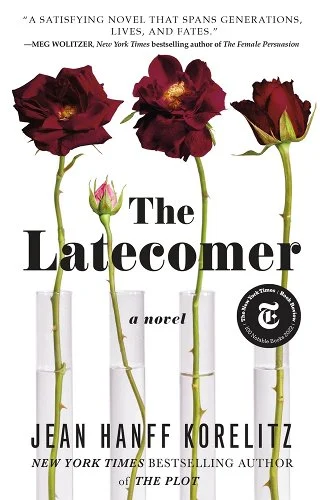
The Latecomer by Jean Hanff Korelitz
I’ve been a contractual educator at the American Folk Art Museum (AFAM) for fifteen years, so imagine my delight when I came across AFAM and some of the highlights of the collection in Jean Hanff Korelitz’s The Latecomer. From a pivotal scene in the Museum’s bathroom, to hilarious Henry Darger shade (“They’re all on the second floor, where the Dargers are. Apparently, no one can resist a female child with a penis and a sword,” to an in-depth exploration and subsequent mystery around the underappreciated artist Achilles Rizzoli and his exquisite architectural renderings of the people in his life, Korelitz weaves so much of the museum into her novel, or vice versa. The scene that sent me to my computer to start typing up a public program proposal, though, was later in the book, when one of the characters, Sally, has a rhapsodic, angels-singing, storm-clouds-parting confrontation with the simple gifts of a Shaker chair: “She only knew that this object, so unadorned and yet so clearly contained by its purpose, its basic and primitive purpose of enabling a human body to relieve itself of its own weight, was a pure expression of beauty. It outshone the sun.” Here is a link to the recording of that public program where we discussed all of this and more.
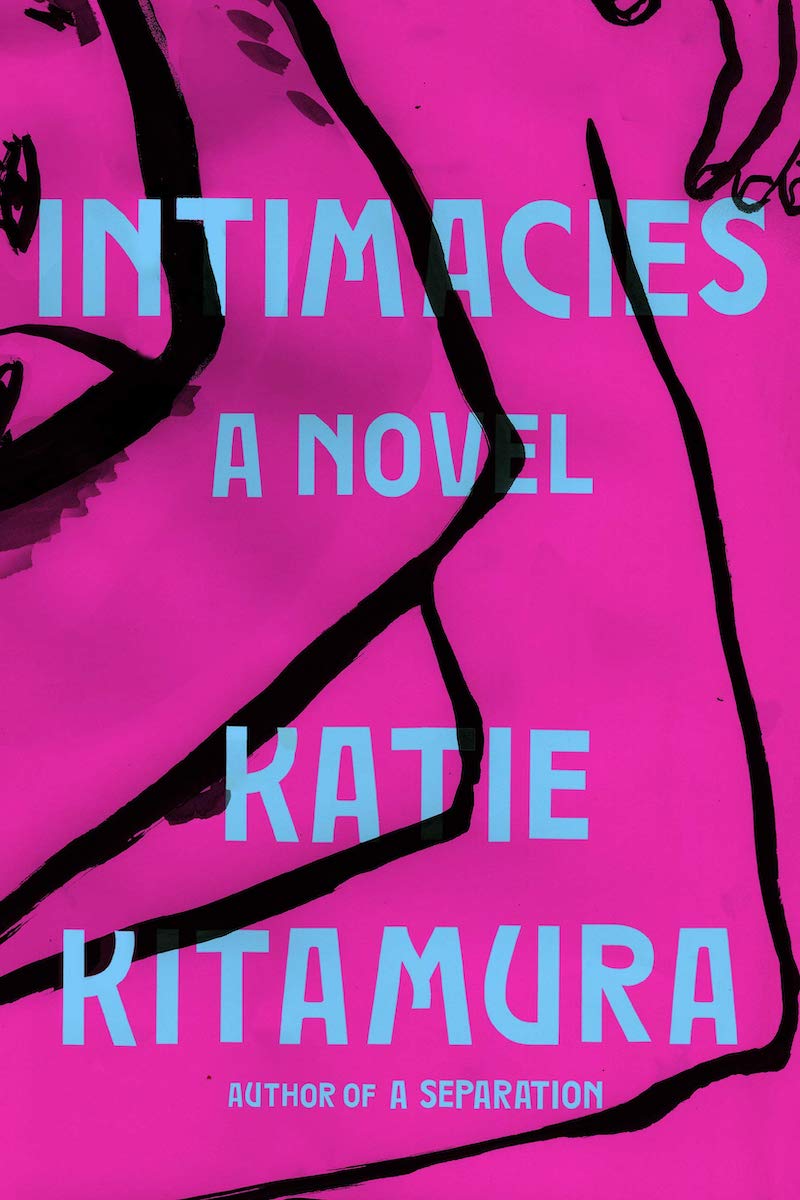
Although Intimacies is about a translator at The Hague, some of the descriptions that stuck with me the longest came from the unnamed narrator’s visit to the Mauritshaus museum, where her friend Jana, a curator, had put together an exhibition of still-life paintings of food called Slow Food, which she admitted was a gimmick, but also “insisted that she had found plenty of merit in the idea.” As the well-dressed patrons play on their phones and drink wine around the bust of the museum’s slave-holding colonizing founder, the narrator wanders into a gallery and becomes transfixed by a real painting, Man Offering Money to a Young Woman, or The Proposition, by Judith Leyster. Kitamura reveals the painting through the narrator’s eyes in what seems like real-time, layering details and meaning as her understanding of the work morphs the longer she stands in front of it. “I looked back at the painting, this time I saw that the man appeared to be holding coins in the palm of his cupped hand. The palm was discreetly proffered, with the other hand he was gently pulling at her arm, as if to turn her away from her work and toward the proposition before her. I saw the uncommon skill with which the artist had communicated the subtleties of force and resistance—the drama in the pull of his hand on her arm, the stiffness of her posture, the fearful widening of the eyes.” When Jana appears in the gallery, their conversation about the artwork adds another set of complexities to its meaning within the text.
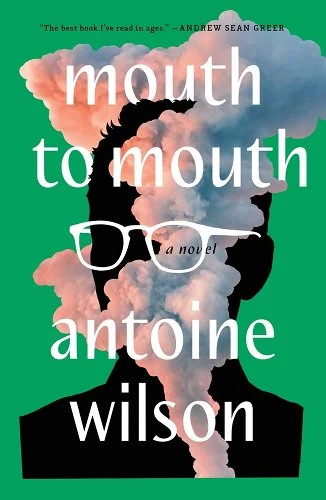
Mouth to Mouth by Antoine Wilson
Mouth to Mouth is a story of deception, aspiration, absolution, and the art world. Told in the third person through an intermediary, a narrator who the protagonist Jeff encounters in an airport, the LA art scene is rendered here, in all its wealth, absurdity, and artifice, from the outside in. After saving a drowning man’s life sets him on a new course, Jeff infiltrates the art world and climbs ever higher through it. To those around him, he might look like he fits in, but the reader is privy to telling passages like this: “The opening was like the one at FAFA, but larger and with better wine. The artist was Agnes Martin. She stood in the middle of the room, wearing a muumuu of natural fibers, her short gray hair looking like she’d cut it herself. People approached her with reverence, because of her age, Jeff thought. He didn’t think much of the work, square paintings with baby blue and pink horizontal lines on them. He wondered if she’d run out of time before the show.” The humor here relies a bit on the reader knowing enough about Agnes Martin to understand what a ridiculous assessment of the situation Jeff offers, but I think the risk pays off.
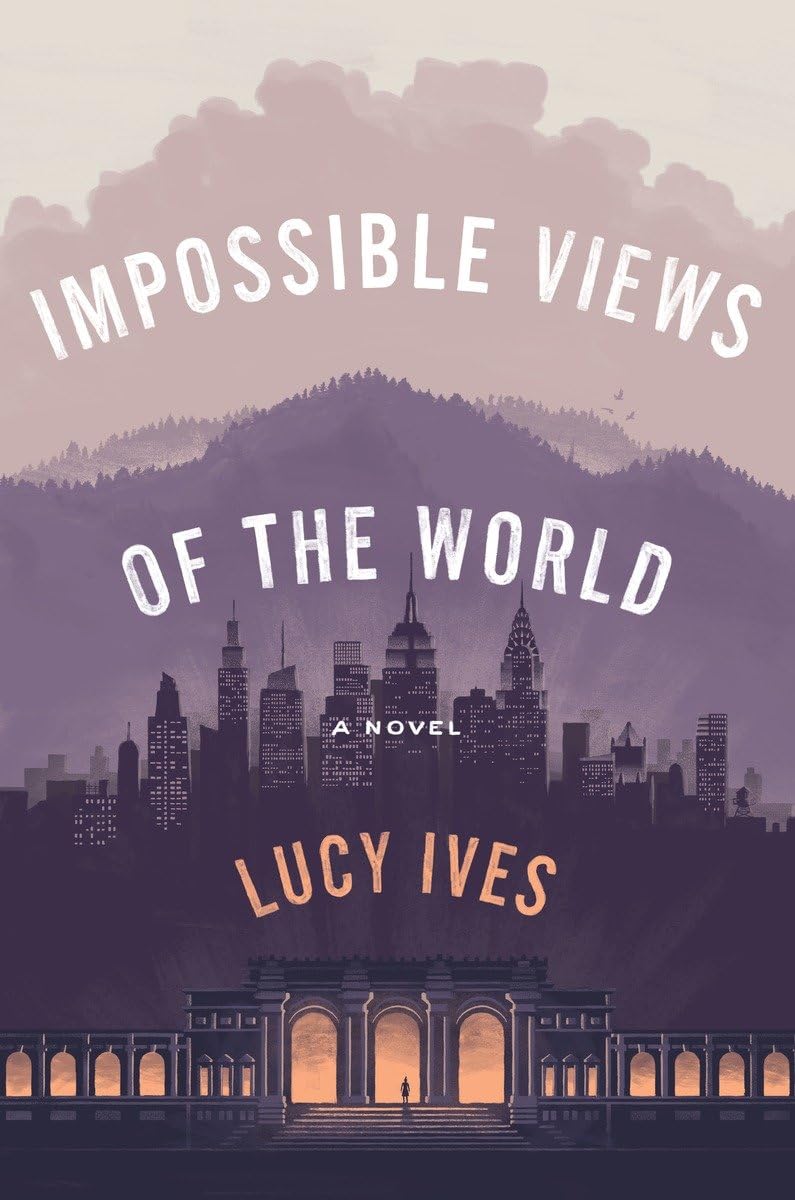
Impossible Views of the World by Lucy Ives
Stella Krakus, a “cartographic specialist in the art history world,” with a full-time position at The Met, ahem, I mean New York’s Central Museum of Art, seems, on paper, to be on the inside. But with a mother like Carolyn Wedgewood Basset, a “practitioner of stealth vanity,” and a glamorous, withholding high-end print dealer, she can’t possibly measure up. Ives writes about a workplace and jobs within it that people spend their whole careers coveting and aspiring to in a way that makes them seem comically—and perhaps truthfully—miserable. So, when Stella discovers a xeroxed map and has a moment of genuine awe, it is all the more powerful: “I swallowed, blinked. I was, for some reason, having a sort of feeling. I was becoming supremely, lustrously psyched.” I loved reading about museum life rendered through Stella’s eyes.
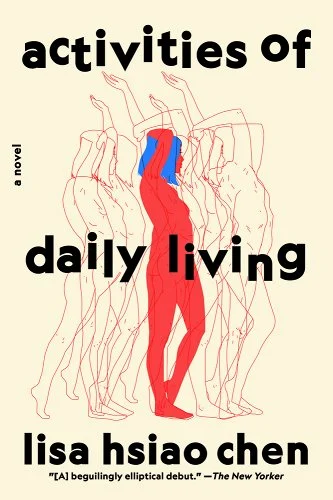
Activities of Daily Living by Lisa Hsiao Chen
In Tehching Hsieh’s body of grueling, durational performance art, narrator Alice finds a source of fascination, a subject on which to focus her own artistic output, and a lens through which she can process her father’s declining health. In his Time Clock Piece, the artist (“the Artist,” as Alice—and Lisa Hsiao Chen—refer to him) punched into a time clock every hour for an entire year. “Some who have written about Time Clock Piece point out how exhausted the Artist looks. Yet when Alice looks closely at the Artist’s face—in the film, in the photo stills—she doesn’t see it. What she sees is the will of a man stitching himself into time.” When Alice is home, living her daily life across the country from where her father is slowly dying, she hangs on the reports she receives, the activities of daily living, from his caretakers. Feeling distant, absent, knowing how he is spending his days stitches him into time for her. The book puts Alice’s chronicling of Tehching Hsieh’s projects, which is in turn her chronicling of her project about him, and her detailing of the end of her father’s life, not on parallel but on overlaying tracts. Another tract is the text itself—Chen’s own accounting of Tehching Hsieh’s projects. Her multifaceted engagement with his work is immersive, compelling, and a satisfying encounter with his art in its own right.
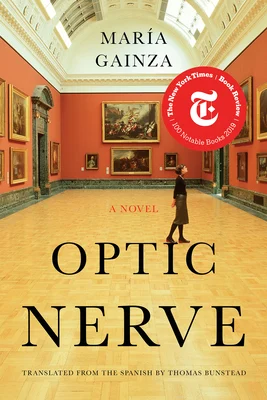
Optic Nerve by Maria Gainza, translated by Thomas Bunstead
The narrator of Maria Gainza’s novel, which has been called a work of autofiction, uses other people’s art and words as a way to tell her own story. One of the first artworks described in the book, a painting by Alfred de Dreux depicting a deer surrounded by hunting dogs, destabilizes the narrator to the extent that she has to leave the gallery where it is hung, returning days later to look at it again after she’s braced herself. As a reader, it is fascinating to read her description of the painting coupled with her reaction: they don’t match. Even she admits that de Dreux’s work is, to her, “decorative,” and “conventional,” and that’s how it reads. Why does she react so strongly? A few pages later, she shares that a friend of hers, a woman who’d had “the spindly legs of a deer,” was killed by a hunter’s stray bullet. Oh. There are countless other examples in the book of how artwork can filter or stand in as proxy for experience, but this is the one that stuck with me the most.

Leaving Atocha Station by Ben Lerner
The narrator of Leaving Atocha Station, Adam, is in front of artwork less than two pages into the novel. In both Optic Nerve and The Latecomer, characters experience Stendhal Syndrome, in which the aesthetic power of a work of art can send a viewer literally reeling, knocked off balance, to the ground. Adam stumbles into the Prado each day as part of his morning routine, though, in order to stand in front of Rogier Van der Weyden’s Descent from Cross and “await equilibrium.” Unmoored in his life, it is in “the blues” of Mary’s robes that he seeks stability. On the morning where the reader meets him, he arrives for his daily encounter with the artwork to find another museum visitor in his place. Watching that other man sob, Adam wonders, “Was he…just facing the wall to hide his face as he dealt with whatever grief he’d brought into the museum? Or was he having a profound experience of art?” The series of small, shocking truths he reveals next about himself are the perfect set up for the rest of the novel.
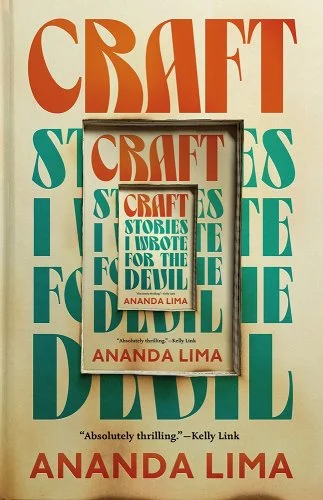
Craft: Stories I Wrote for the Devil by Ananda Lima
For the writer at the heart of Craft: Stories I Wrote for the Devil, it isn’t the artwork in a museum that grabs her but the architecture of the museum itself. A Brazilian living in New York City, the writer runs a search for mid-century buildings, scrolling through options, looking for one to visit to help her alleviate her homesickness. The Guggenheim seems too obvious, but she heads there anyway: “…that white concrete was a delicious contradiction of textures. It was paper, and the freshly painted walls of her childhood, and the chalky white concrete of Brasilia…The writer had seen the building so many times but felt as if she were discovering feelings toward an old friend. This, she declared to herself, was also home.” Rather than being surprised by an encounter with art, or coming across one by chance, the writer sought solace, and, through her own determination, found it.
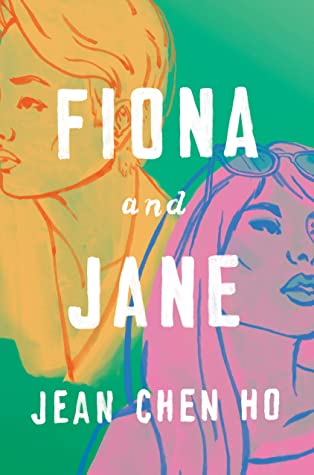
Fiona and Jane by Jean Chen Ho
Near the end of Fiona and Jane, one half of the book’s central duo, Jane, meets a troubled man named Julian. Fiona is already acquainted with him—and doesn’t think much of him. A veteran, Julian is tormented by memories of his time in Afghanistan. Jane, who generally dates women, is surprised by her attraction to him: “There was a beautiful, strange energy between us. As if inside him there was a magnet…drawing me to him; but the closer I came, the magnet seemed to switch to its other end and began to repel me. Then it flipped again, and I rushed toward him swiftly.” When Julian moves across the country to New York, Jane, despite having a new girlfriend, goes to see him. Jane, whose father committed suicide, worries that Julian might, too. Together, they visit the Guggenheim and wander through a show by the Japanese conceptual artist On Kawara, best known for his spare paintings of dates. It is a series of telegrams that most resonate with Jane and Julian, though, “each of them declaring the same refrain: ‘I am still alive.’ ‘I am still alive.’ ‘I am still alive.’” After Jane returns home, to her girlfriend, to her more functional life without Julian, after she stops answering his calls, he still texts her: “I am still alive.”
